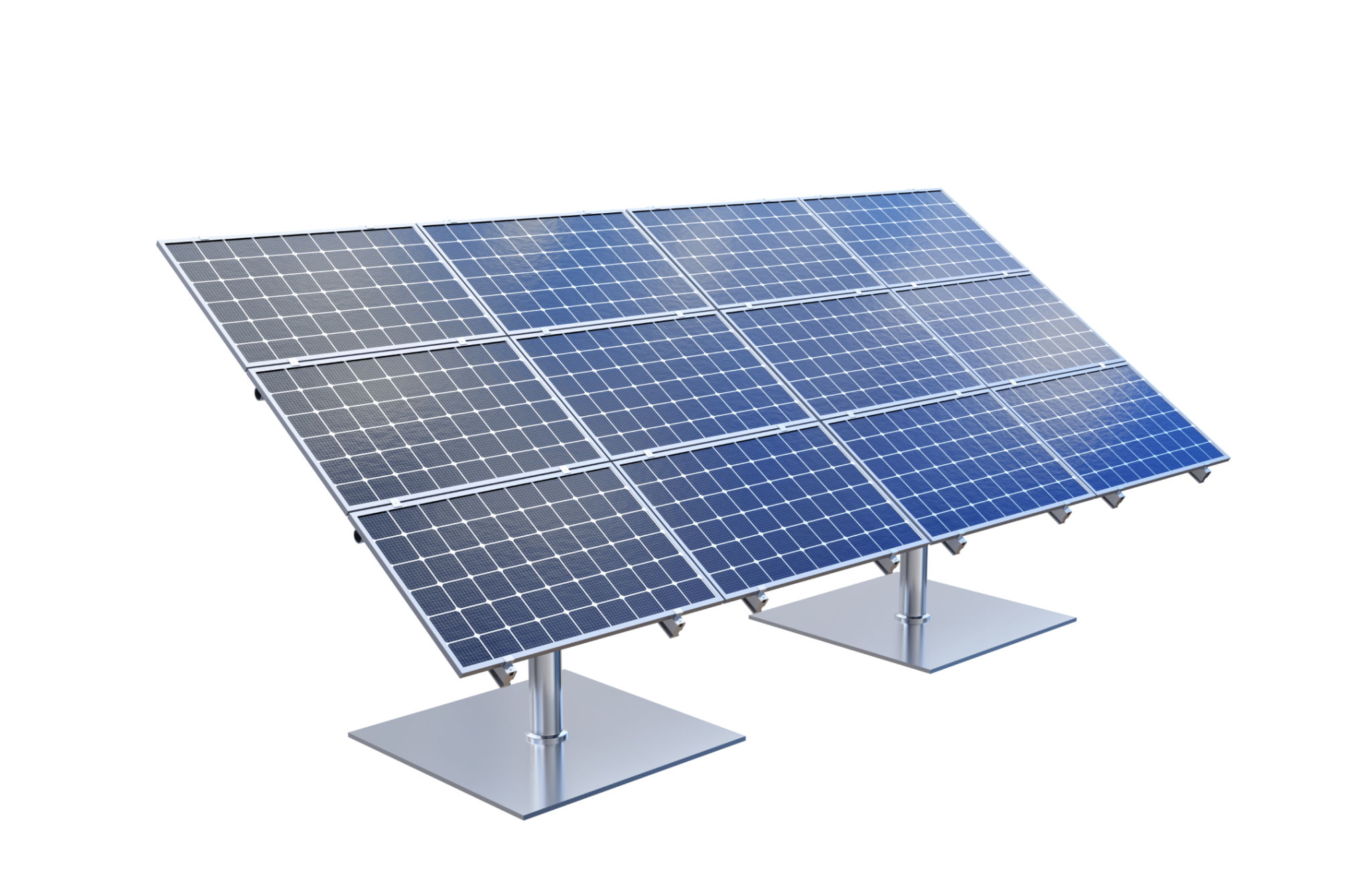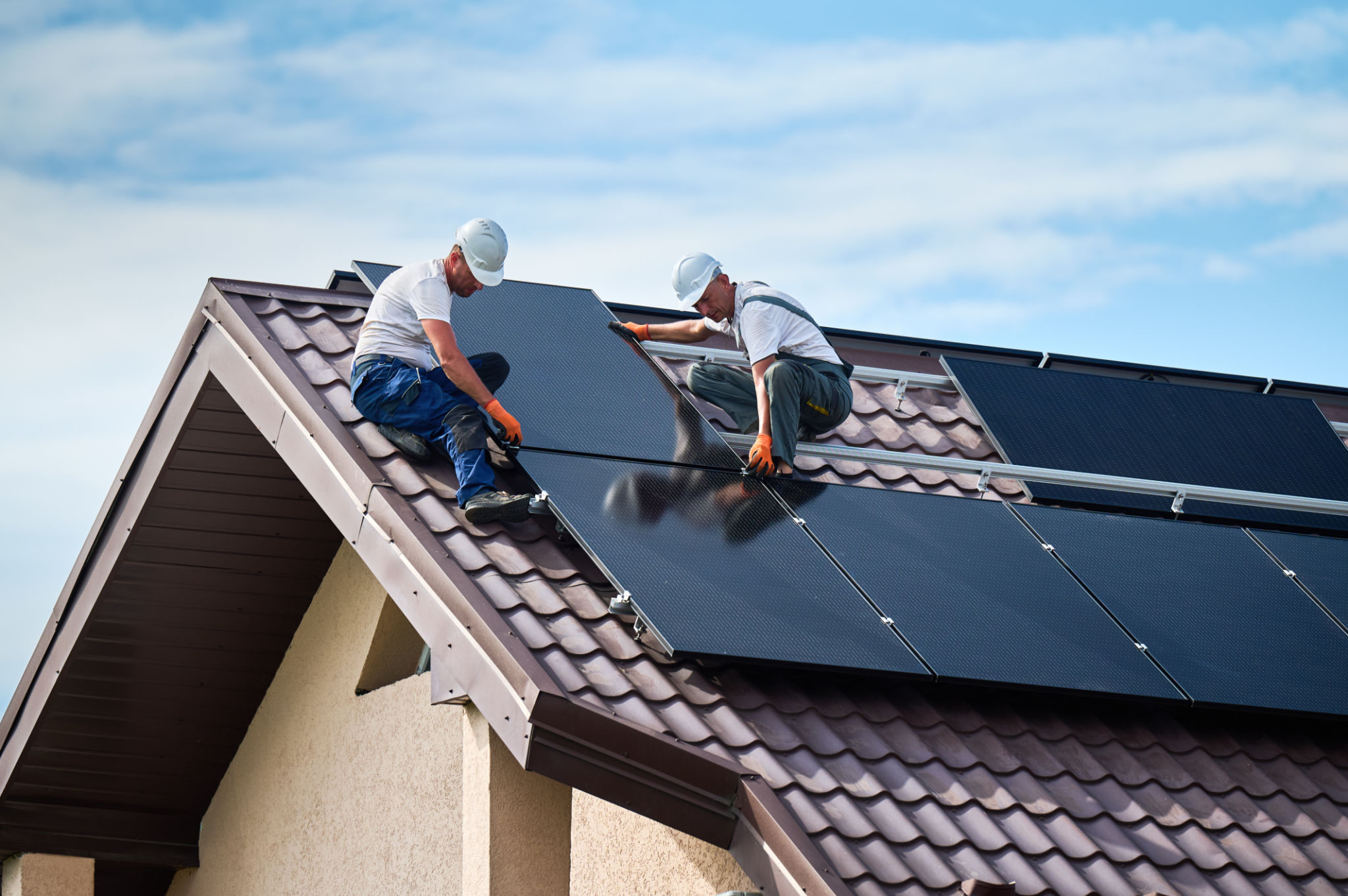Understanding Solar Incentives in Australia: What Homeowners Need to Know
Understanding Solar Incentives in Australia
As the world shifts towards renewable energy, solar power has become an attractive option for homeowners in Australia. One of the key reasons behind this growing interest is the availability of various solar incentives designed to make the transition more affordable. Understanding these incentives can help homeowners make informed decisions about investing in solar energy.

Federal Government Incentives
The Australian government offers several incentives to encourage the adoption of solar energy. One prominent example is the Small-scale Renewable Energy Scheme (SRES). Under this scheme, eligible small-scale solar systems can earn Small-scale Technology Certificates (STCs). These certificates can be sold to reduce the upfront costs of installing a solar system. The number of STCs awarded depends on factors such as location, installation date, and system size.
Another important federal initiative is the Renewable Energy Target (RET), which mandates a certain percentage of electricity to come from renewable sources. This target supports the growth of clean energy projects, indirectly benefiting homeowners by increasing the availability of solar options.
State-Based Incentives
In addition to federal programs, many Australian states and territories offer their own incentives for solar adoption. For example, Victoria's Solar Homes Program provides rebates for solar panel installations, making it easier for homeowners to access clean energy. Similarly, New South Wales has introduced schemes like the Empowering Homes program, which offers interest-free loans for solar battery systems.

These state-based incentives can vary significantly, so it's crucial for homeowners to check the specific offerings in their area. Understanding local incentives can help maximize the financial benefits of going solar.
Feed-in Tariffs
Feed-in tariffs are another way homeowners can benefit from solar energy. These tariffs allow homeowners to sell excess electricity generated by their solar panels back to the grid. The rates and terms for feed-in tariffs differ across states and energy providers, so it's essential to research and compare options to find the best deal.
Typically, feed-in tariffs provide a steady income stream for homeowners, further enhancing the cost-effectiveness of solar systems. It's important to note that feed-in tariffs have been gradually decreasing over time, so staying informed about current rates is crucial.

Long-term Savings and Environmental Impact
Beyond financial incentives, investing in solar power offers significant long-term savings on energy bills. By generating your own electricity, you can reduce reliance on the grid and protect against rising energy costs. Additionally, solar energy contributes to reducing carbon emissions, making it an environmentally responsible choice.
As technology advances and becomes more affordable, the benefits of installing solar systems continue to grow. Homeowners who take advantage of available incentives can enjoy both economic and environmental rewards.
Steps to Take
If you're considering installing a solar system, here are some steps to guide you:
- Research available federal and state incentives to understand what financial support you can access.
- Contact multiple solar providers to get quotes and compare services.
- Evaluate feed-in tariff rates from different energy providers to maximize your returns.
- Consult with a professional to assess your property's suitability for solar installation.
Taking these steps will ensure you make the most informed decision regarding your solar investment.
